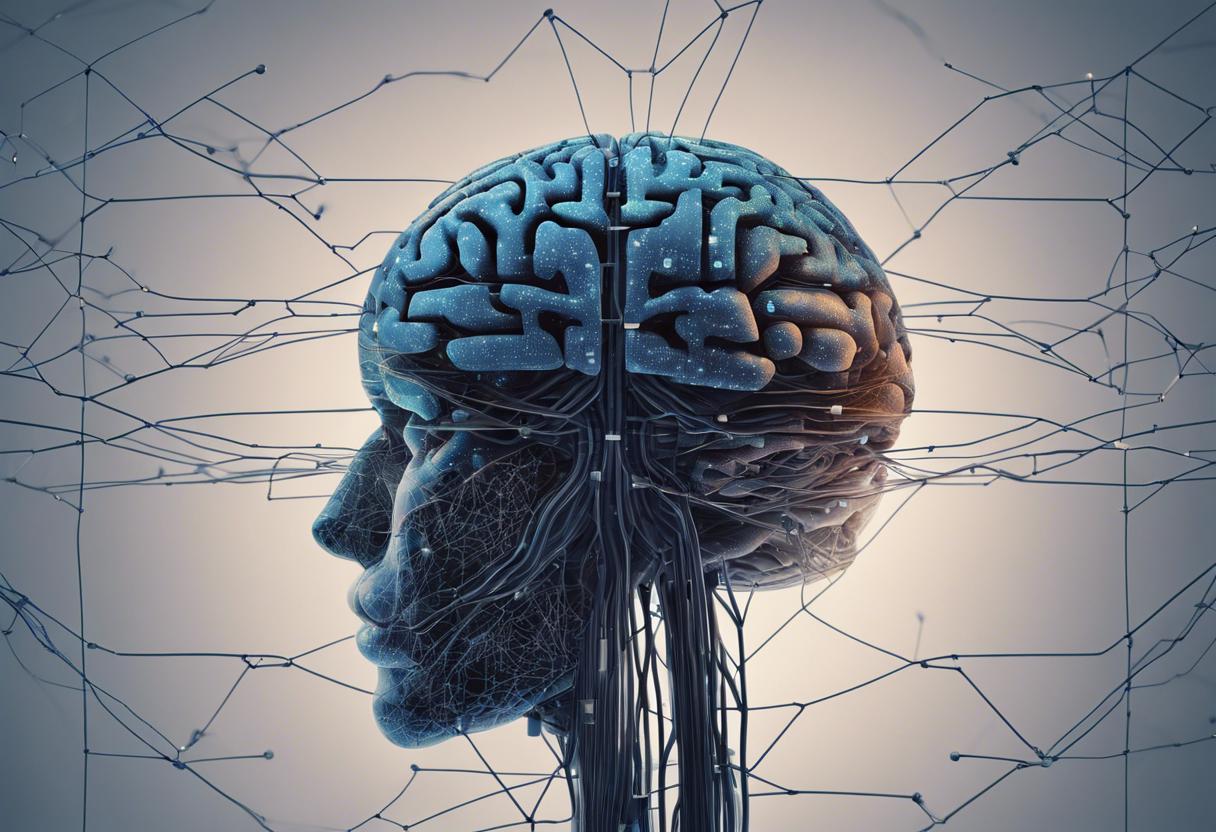The integration of artificial intelligence (AI) in the world of design is transforming traditional notions of creativity and reshaping the field. From evaluating creativity to redefining Design Thinking methodologies, this article explores the impact of AI on the design process. We delve into the concept of augmented design and the importance of problem identification through sensemaking, highlighting the potential for a collaborative and collective approach to creativity in the future.
Achieve extraordinary results:
- Optimized content to boost social engagement
- An active community that supports your brand
- Viral content that attracts new customers and amplifies visibility
All with just one click.
The fusion of humanistic and technological disciplines will play a crucial role in addressing complex challenges in the digital age.
Redefining Creativity: The AI Impact on Design Thinking
The integration of artificial intelligence (AI) in design thinking is revolutionising the concept of creativity. AI has the potential to redefine how we evaluate creativity in design, challenging traditional notions and expanding the possibilities. By leveraging AI technologies, designers can explore new ideas, generate innovative solutions, and push the boundaries of what is considered creative. This shift towards AI-driven creativity also calls for a rethinking of design thinking methodologies. With AI as a collaborative partner, designers can harness its capabilities to enhance problem-solving processes, streamline decision-making, and create more efficient and effective designs. The impact of AI on design thinking is paving the way for a new era of creativity that combines human ingenuity with technological advancements.
From Human-Centred to Augmented Design: A New Paradigm
The integration of artificial intelligence (AI) in the field of design is shifting the traditional human-centred approach towards a new paradigm known as augmented design. This emerging concept involves the collaboration between humans and AI systems to enhance and amplify the creative process. Augmented design leverages the capabilities of AI algorithms, machine learning, and data analysis to generate innovative ideas, explore alternative solutions, and provide designers with valuable insights and inspiration. By combining human intuition and expertise with AI’s computational power, augmented design opens up new possibilities for creativity and problem-solving. This shift towards a more collaborative and synergistic relationship between humans and machines marks a significant transformation in the way design is conceptualized and executed in the digital age.
Sensemaking in the AI Era: Prioritising Problem Identification
In the AI era, sensemaking becomes a crucial aspect of design, with a shift towards prioritising problem identification over solution-seeking. Artificial intelligence has the potential to process vast amounts of data and generate insights that can aid in understanding complex problems. By harnessing AI technologies, designers can gain a deeper understanding of the challenges they are addressing, allowing for more targeted and effective problem-solving. Sensemaking in the AI era involves leveraging machine learning algorithms to analyze data, identify patterns, and uncover hidden connections. This process not only enhances problem identification but also enables designers to approach their work with a more informed and holistic perspective. By embracing sensemaking in the AI era, designers can uncover new opportunities for innovation and create more impactful solutions.
As the influence of AI continues to shape the landscape of art and design, it is clear that we are witnessing a profound transformation in creativity. The integration of AI technologies has the potential to redefine our understanding of design thinking, challenge traditional human-centered approaches, and prioritize problem identification. As we navigate this new era, it is essential to reflect on the ethical and aesthetic implications of this paradigm shift and explore how the fusion of humanistic and technological disciplines can drive transformative design. What other untapped potentials does AI hold for the future of art and design?
